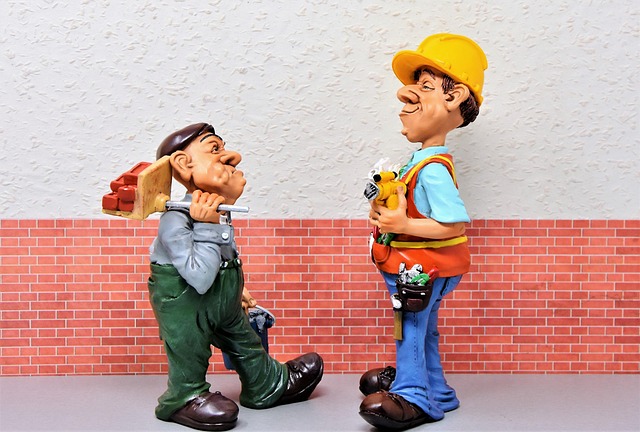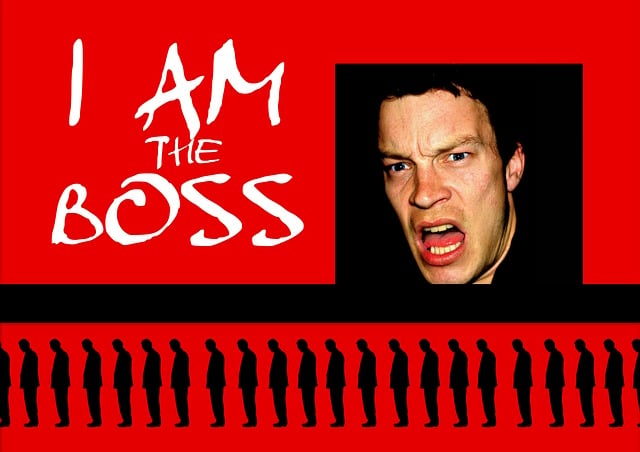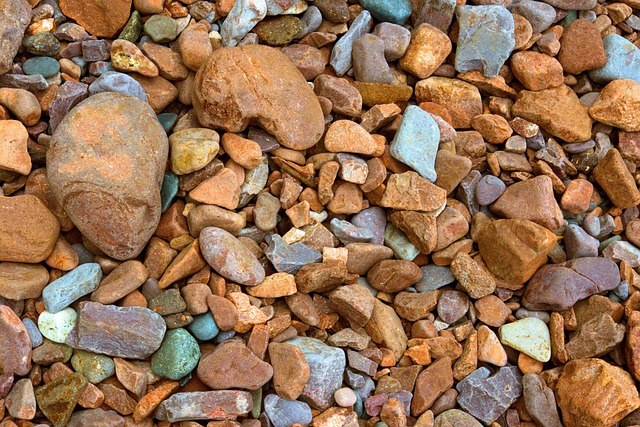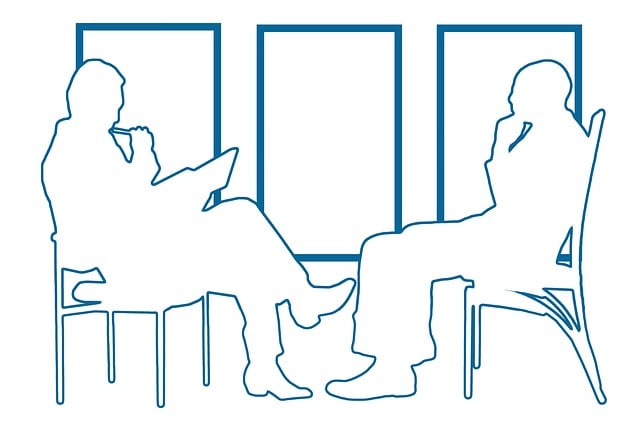Revitalization of downtown areas through strategic real estate development has become a powerful driver of urban growth. By transforming historic structures into modern mixed-use spaces, including residential lofts, commercial offices, retail, and restaurants, these areas attract locals and tourists alike. Investors recognize their potential as dynamic living and working environments, leading to improved infrastructure, accessibility, and sustainable design. The result is thriving communities offering a vibrant mix of lifestyles, transforming cityscapes into unique urban destinations. Long-term success requires sustainable and strategic growth, focusing on resilient urban infrastructure, eco-friendly buildings, green spaces, pedestrian-friendly pathways, and energy-efficient designs, along with diversifying the urban landscape through mixed uses.
Downtown revitalization is a powerful strategy to breathe new life into urban areas, attracting visitors and boosting local economies. This article explores the pivotal role of real estate in this process, delving into how strategic development can transform bustling downtowns. We’ll uncover ways to draw in tourists and residents alike, focusing on sustainable growth. By examining successful cases, we’ll highlight the long-term benefits of revitalized spaces, emphasizing the critical connection between real estate and urban renewal.
The Role of Real Estate in Downtown Revitalization

Revitalizing downtown areas has become a game-changer for many cities, and real estate plays a pivotal role in this transformation. The rehabilitation and redevelopment of historic buildings and abandoned spaces into modern, mixed-use properties are key drivers of attracting new visitors and fostering economic growth. These projects often include residential lofts, commercial offices, retail stores, and restaurants, creating a vibrant atmosphere that entices locals and tourists alike to explore.
Real estate developers and investors recognize the potential of downtown areas as desirable living and working environments. By investing in infrastructure, enhancing accessibility, and promoting sustainable urban design, they contribute to the overall appeal and value of these locations. The result is a thriving community where people can live, work, play, and socialize, ultimately transforming the cityscape and creating a unique destination for visitors seeking authentic urban experiences.
Attracting New Visitors Through Strategic Development

The resurgence of downtown areas is a powerful magnet for visitors, and strategic real estate development plays a pivotal role in this transformation. By carefully planning and executing revitalization projects, cities can create vibrant destinations that draw locals and tourists alike. Revitalization efforts often focus on mixed-use developments, blending residential, commercial, and entertainment spaces. This integrated approach not only attracts new residents but also generates foot traffic from visitors seeking unique urban experiences.
Key to this strategy is the adaptive reuse of historic buildings, infilling previously neglected areas, and creating public spaces that foster community engagement. Modern amenities, such as trendy restaurants, boutique shops, and cultural attractions, further enhance the appeal, making these revitalized districts desirable places to visit, live, and work. As a result, downtown areas can become economic engines, stimulating local businesses and contributing to the overall vitality of the city.
Long-Term Success: Ensuring Sustainability and Growth

For downtown revitalization to achieve long-term success, sustainable and strategic growth is essential. This involves careful planning and management in various sectors, including real estate development. Investing in resilient urban infrastructure and eco-friendly buildings attracts not just visitors but also fosters a thriving local community. By integrating green spaces, pedestrian-friendly pathways, and energy-efficient designs, the area becomes more appealing for residents and businesses alike, ensuring a continuous upward trajectory.
Additionally, diversifying the urban landscape by encouraging a mix of uses—residential, commercial, retail, and cultural—is key to sustained success. This polyvalence ensures that the downtown area remains vibrant throughout the day and year, attracting new visitors not just occasionally but as a matter of routine. A balanced ecosystem of real estate opportunities creates a positive feedback loop, where each sector supports and enhances the others, ultimately driving long-term growth and profitability.






